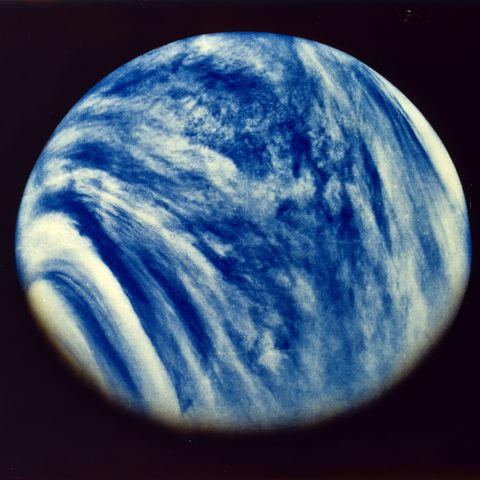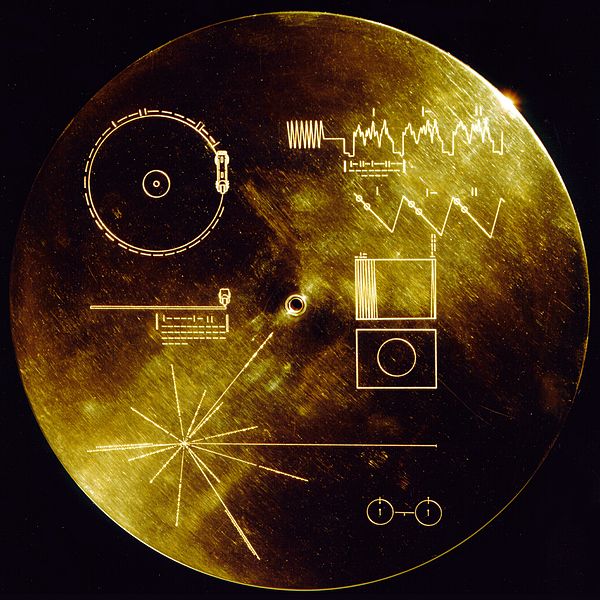Venusian Life? Not Quite as SciFi Anticipated
"I was very surprised -- stunned, in fact.""We know that the molecule phosphine is a biomarker on Earth. It's been suggested that there are possible habitats in the cloud decks of Venus, so somewhere where little lifeforms could live.""This is very encouraging for the hypothesis of life, but at the same time we are being very careful."Jane Greaves, astronomer, Cardiff University, Wales, study lead author
 |
| Venus MPI Getty Images |
"With what we currently know of Venus, the most plausible explanation for phosphine, as fantastical as it might sound, is life.""This is important because, if it is phosphine, and if it is life, it means that we are not alone [as living beings on Planet Earth].""I can only speculate on what life might survive on Venus, if indeed it is there. No life would be able to survive on the surface of Venus, because it is completely inhospitable.""But a long time ago, Venus could have had life on its surface, before a runaway greenhouse effect left the majority of the planet completely uninhabitable."Clara Sousa-Silva, molecular astro-physicist, Massachusetts Institute of Technology, study co-author
In 1977 astronomer/writer Carl Sagan, convinced that extraterrestrial life exists somewhere in the universe, sought to take advantage of deep-space probes like Voyager, so in conjunction with NASA, he and a team put together a time capsule, a record of humanity on this planet meant to convey information on the human race living on Earth; a time capsule of human civilization, to "communicate a story of our world to extraterrestrials", to quote NASA. And while they didn't envision intelligent creatures living somewhere in our Milky Way Constellation having an appearance approximating our own, they did believe in the existence of intelligent species.
 |
| Golden Record |
Intelligence allowing them to inspect and make sense of the message sent by Mr. Sagan and company: Hello, we're here, where are you?" The kind of life form imagined as potentially existing in chemical clouds above the over-heated Venus, would be basic life forms, unlikely to be endowed with awareness and the ability to think and communicate. But life, withal. And life begins somewhere; at the very basic steps of existence that time and evolution bring to maturity, and with that maturity over infinite ages, presumably sentience and eventually intelligence.
The team assembled the sounds of Earth, producing two recordings of the sound of the ocean, wind, birdsong, calls of humpback whales, chimpanzee hootings, and spoken greetings from earthlings in 55 languages from ancient Akkadian to a modern Chinese dialect. And 90 minutes' worth of classical music featuring cultures from around the world. Clearly nothing that would impress a basic lifeform such as a microbe.
The study just published in the journal Nature Astronomy, produced by researchers in a collaboration between academics concludes that quite possibly living organisms have been detected in the acidic clouds of Venus, where a gas called phosphine was detected. The gas, which exists on Earth is the product of bacterial life here. Thus, the speculation that microbes may inhabit the life-inhospitable climate above the even greater inhospitability of Venus itself, in its far above the surface of the planet clouds.
The international scientific team detected the phosphine while using the James Clerk Maxwell Telescope located in Hawaii, later confirming their finding with the use of the Atacama Large Millimeter/submillimeter Array radio telescope in Chile. Scientists have used every method at their advanced disposal in the seminal search for life elsewhere than Earth, convinced that among the billions of planets that must exist in the vast reaches of the universe, somewhere conditions exist for the emergence of life forms.
"Biosignatures", indirect signs of life -- possibly existing on planets other than our own, and moons in our solar system and beyond have been sought out with the use of probes and telescopes of ever-increasing sophistication and reach. Phosphine is a phosphorus atom containing three hydrogen atoms and is highly toxic to humans. The study of the chemistry makeup and other characteristics of celestial bodies with the use of powerful telescopes has revealed much in the past. This latest revelation is yet another infinitely small unravelling of the endless mysteries of the natural world.
In the Venusian atmosphere a trace concentration of phosphine was detected at 20 parts per billion when researchers examined potential non-biological sources like volcanism, meteorites, lightning and chemical reactions of various kinds, all failing the viability test. As Earth's nearest planetary neighbour Venus which is smaller than Earth, is similar in structure as the second planet from the sun. As the third planet from the sun, Earth's distance made it a candidate for the emergence of life.
The surface temperature on Venus is hot enough to melt lead, reaching 471C, scorching, searing heat.
"Planets can produce phosphine through ordinary geological and atmospheric processes. Known processes don’t work for Venus, so there must be a process we haven’t considered yet. The data [in the new paper] look robust. Now we will need to spend several years brainstorming explanations. It’s fine to consider the possibility that phosphine is a signature of life on Venus, but there will be other explanations as well."Andy Skemer, associate professor of astronomy and astrophysics, UC Santa Cruz

Labels: Astro-Physics, Astronomy, Extraterrestial Life, Study, Venus

0 Comments:
Post a Comment
<< Home